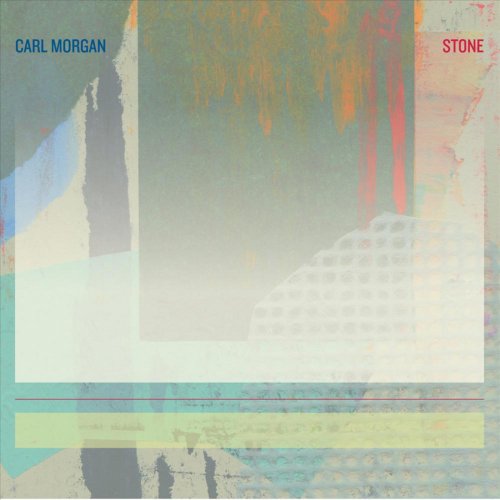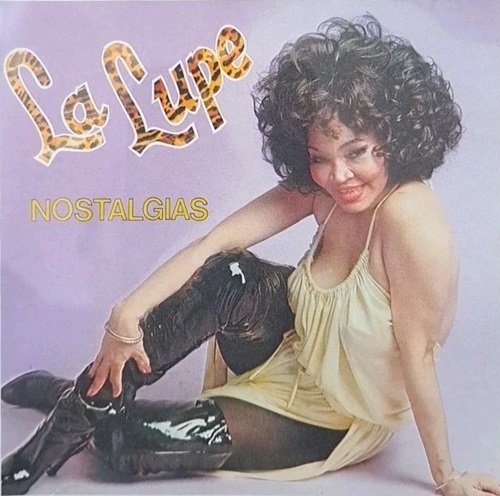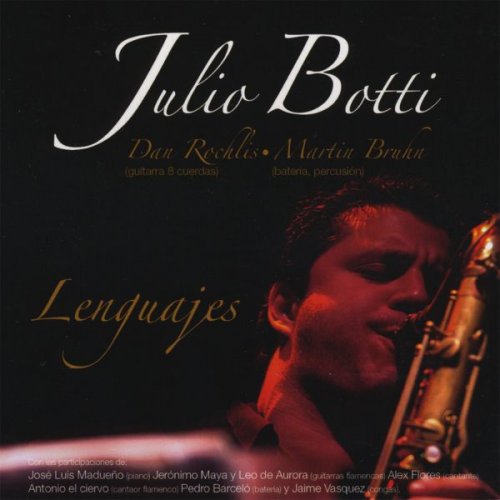Raquel Andueza, La Galanía - El Baile Perdido (2019)
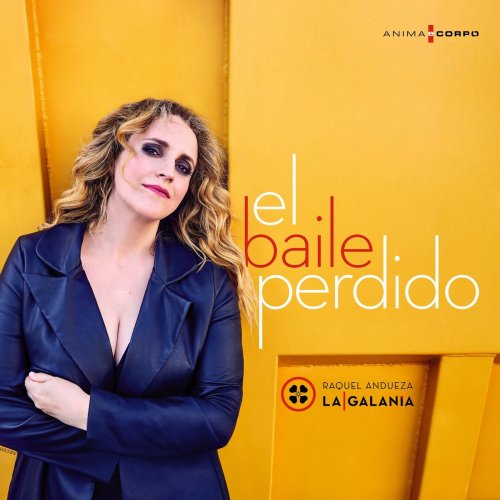
Artist: Raquel Andueza, La Galanía
Title: El Baile Perdido
Year Of Release: 2019
Label: Anima e Corpo Música
Genre: Classical
Quality: FLAC (tracks)
Total Time: 61:18 min
Total Size: 269 MB
WebSite: Album Preview
Tracklist:Title: El Baile Perdido
Year Of Release: 2019
Label: Anima e Corpo Música
Genre: Classical
Quality: FLAC (tracks)
Total Time: 61:18 min
Total Size: 269 MB
WebSite: Album Preview
01. A la zambarambé (guineo)
02. Baile del polvillo
03. Jácara de La Méndez
04. Chacona
05. Arrojome las naranjicas (folías)
06. Baile del Ay, ay, ay
07. Una batalla de Amor (zarabanda)
08. Folías
09. Españoles bríos (canarios)
10. Préstame esos ojos (seguidillas)
11. Tonadilla y jácara nueva de la Zangarilleja
12. Pavanas
13. ¿Dónde va la niña bonita? (gascona)
14. Secutor de la vara
15. El baile de la chacona
The lost dance includes a selection of sung dances, whose melodies have been reconstructed by musicologist Álvaro Torrente from poems of the time and various indirect testimonies that have been preserved such as poetic metrics, harmonic schemes, guitar strumming patterns. , instrumental variations and, in some cases, fragments included in educated compositions. This is a dozen pieces that allow you to relive the authentic soundtrack of the Spanish Golden Age.
Between the decades of 1580 and 1620 there was the flowering of a wide spectrum of sung dances that, coming from streets, taverns or brothels, became very popular among the people and the elites, spreading rapidly throughout Europe. The poems were mostly anonymous, since many of these dances were banned due to their lascivious and sinful character, although illustrious poets such as Cervantes, Lope de Vega or Quevedo also cultivated them. But, precisely because they are popular music known to all, their melodies were rarely written, so that, in most cases, their loudness fell into oblivion.
Between the decades of 1580 and 1620 there was the flowering of a wide spectrum of sung dances that, coming from streets, taverns or brothels, became very popular among the people and the elites, spreading rapidly throughout Europe. The poems were mostly anonymous, since many of these dances were banned due to their lascivious and sinful character, although illustrious poets such as Cervantes, Lope de Vega or Quevedo also cultivated them. But, precisely because they are popular music known to all, their melodies were rarely written, so that, in most cases, their loudness fell into oblivion.
![Billy Meier - Ten (2025) [Hi-Res] Billy Meier - Ten (2025) [Hi-Res]](https://www.dibpic.com/uploads/posts/2025-11/1762486742_x4h1r2mf76n2b_600.jpg)
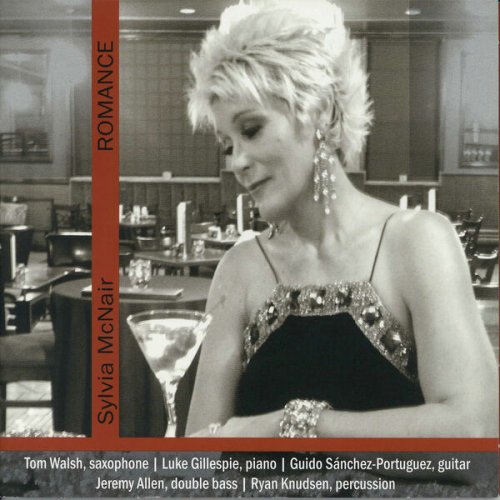
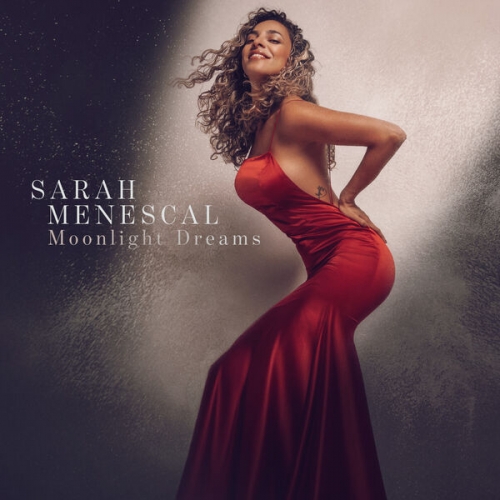
![Scheen Jazzorkester - Double Reality Beyond Space and Time (2025) [Hi-Res] Scheen Jazzorkester - Double Reality Beyond Space and Time (2025) [Hi-Res]](https://www.dibpic.com/uploads/posts/2025-11/1762738056_cx6is1d1i26cb_600.jpg)
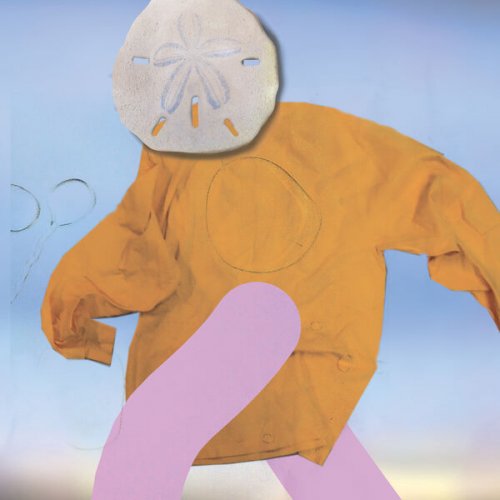
![Acoustic Caravan - Brillante (2025) [Hi-Res] Acoustic Caravan - Brillante (2025) [Hi-Res]](https://www.dibpic.com/uploads/posts/2025-11/1762429472_au9yjlhyiwgfc_600.jpg)
